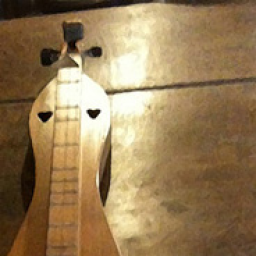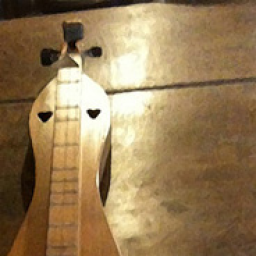DAA or DAD as primary tuning ?
General mountain dulcimer or music discussions
Yes, Rob, Red-Haired Boy and Salt Creek are usually played in A in bluegrass circles, and in A, the note in question would be a G. You are correct. If you play in D, it is a C, though. If you tune AEa, you will get that note on the 1-1/2 fret of the middle string, just as you get the C note there when you play it in D. The dulcimer players I've seen who play Red-Haired Boy in A capo at the fourth fret, in which case they get the note on the middle string with the 6-1/2 fret. (If you play Salt Creek in A tuned DAA or DAd, there is another note at the end of the first line that you can't get, but you might be able to get Red-Haired Boy in A out of a D tuning. I think Gary Gallier has some tab for that in what he calls his "cross-key" method.)
But the point is that it the melody requires a note you can't find easily on a diatonic fretboard. Can you play either of those tunes with no extra frets? I'd be interested to hear it. As I said, Red-Haired Boy might be possible but not Salt Creek.
I've never heard that Salt Creek is copyrighted and can point to plenty of resources that refer to Salt Creek as traditional. It was known as Salt River until Bill Monroe recorded it as Salt Creek, but it's the same tune. According to the Library of Congress , Monroe was taught the tune by his banjo player Bill Keith, who had learned it from a West Virginia banjo player named Don Stover.





 Say it ain't so!
Say it ain't so!
